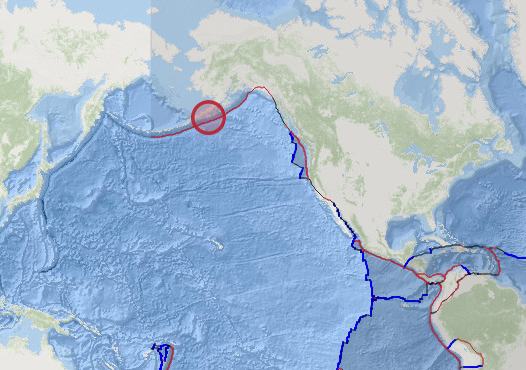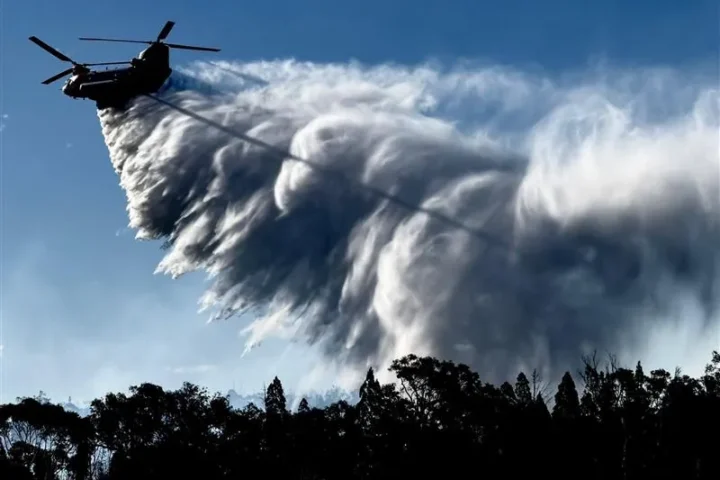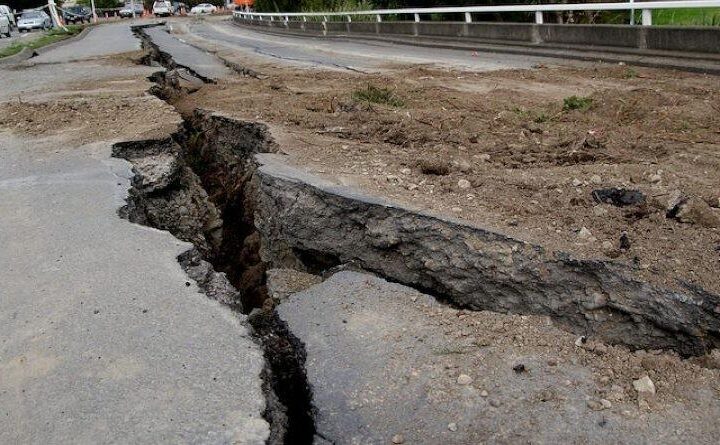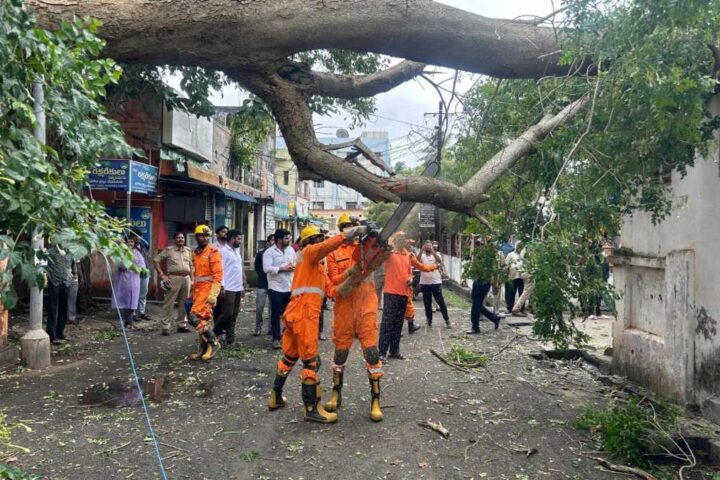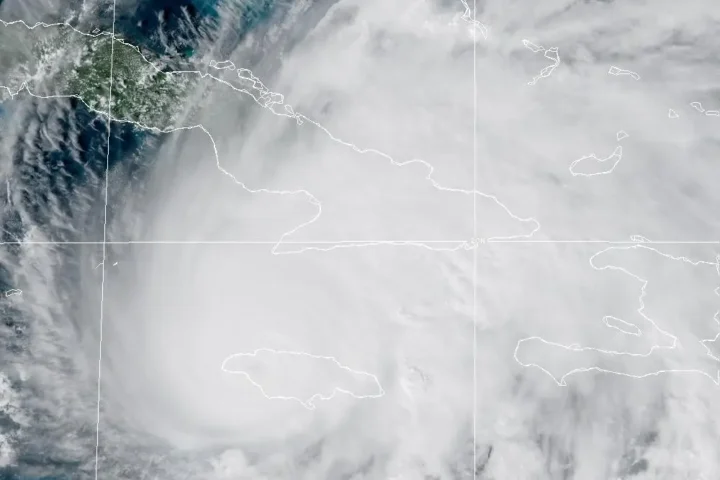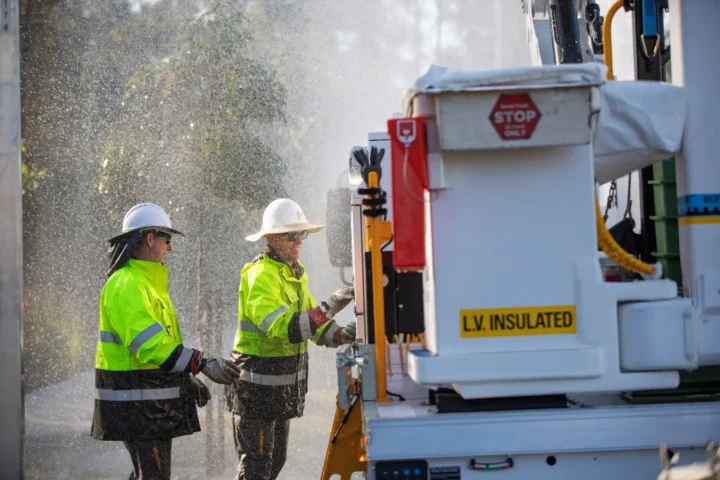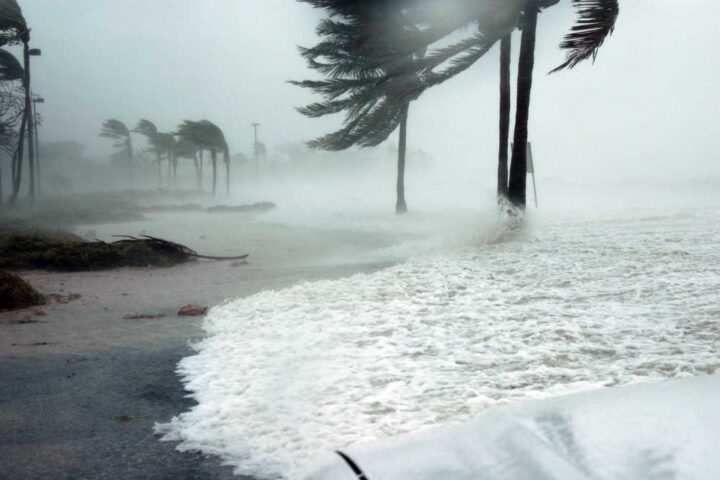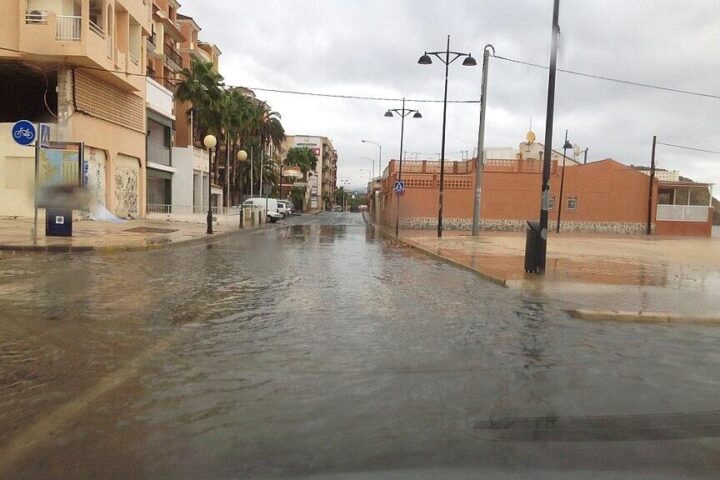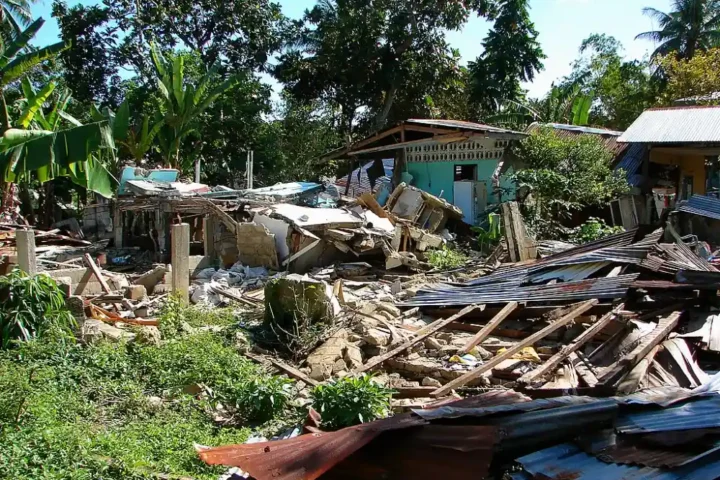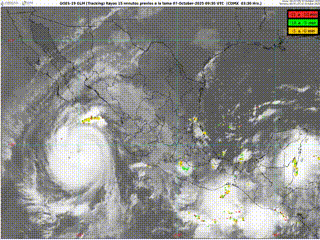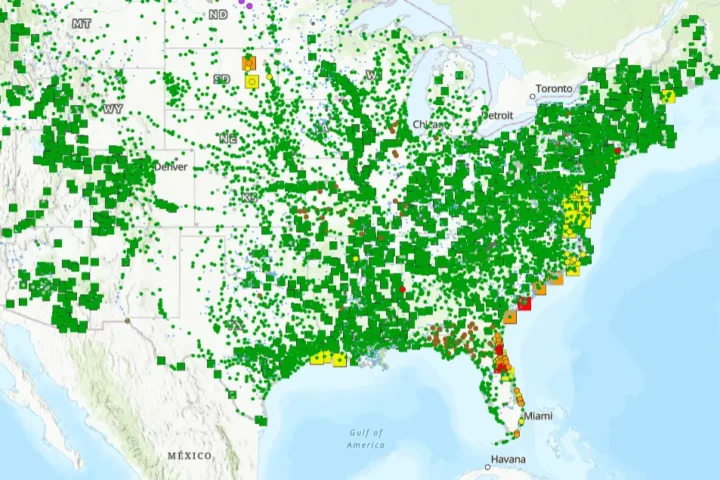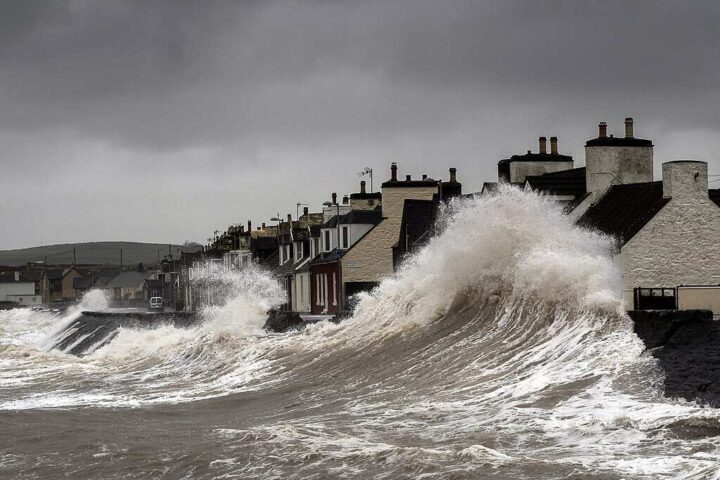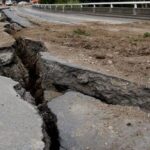A series of powerful undersea earthquakes struck Russia’s far‑eastern Kamchatka Peninsula on July 20, 2025 (USGS), triggering tsunami alerts across the Pacific that were lifted within hours after monitoring stations confirmed no dangerous waves had formed.
The main shock registered magnitude 7.4 at 20 km depth, striking 144 km east of Petropavlovsk‑Kamchatsky—home to about 180,000 people (USGS). Three significant tremors (7.4, 6.7, and 5.0 M) occurred within 32 minutes, followed by more than two dozen smaller aftershocks that gradually weakened over the following hours.
The Pacific Tsunami Warning Center swiftly issued advisories for Russia’s coast and watches for Hawaii, Guam, and American Samoa; all were canceled roughly two hours later when tide gauges and deep‑ocean buoys recorded only normal sea‑level fluctuations.
PTWC noted that tide gauges showed variations within typical tidal ranges, and DART buoys detected no pressure anomalies indicative of tsunami waves.
Russian authorities had initially projected wave heights of up to 60 cm in the Aleutsky District, 40 cm in Ust‑Kamchatsky, and 15 cm in Petropavlovsk‑Kamchatsky. The Hawaii watch—with an earliest estimated arrival at 2:43 a.m. HST—was canceled within 39 minutes.
The U.S. Geological Survey characterized the event as having a low probability of significant casualties or economic damage, given its offshore location and regional building standards. Aftershocks were anticipated to follow standard decay patterns, and none exceeded magnitude 6.7.
Cancellation decisions were based on real‑time sea‑level data rather than earthquake magnitude alone, allowing warnings to be lifted rapidly when no anomaly was detected.
Local emergency advisories recommended residents move to higher ground—30–40 m elevation or 2 km+ inland—until all‑clear was given. Emergency drills emphasize preparedness kits and knowledge of evacuation routes to maintain calm during such events.
Kamchatka lies along the Pacific–North American plate boundary, a region that has produced numerous M 7+ earthquakes, including a magnitude 9.0 in November 1952 that generated 9–13 m waves in Hawaii (with livestock losses but no confirmed human fatalities there). A February 1923 M 8.4 quake caused local tsunami run‑ups of up to 8 m and several reported fatalities. For broader context on recent seismicity, see our coverage of Earthquakes in June 2025.
No immediate environmental impacts have been reported; however, previous shallow undersea earthquakes in the North Pacific have led to temporary sediment resuspension and localized disruption of benthic communities—researchers plan to survey marine habitats in the coming weeks for any such effects.
Facts at a Glance
- Main earthquake: M 7.4, 20 km depth, 144 km east of Petropavlovsk‑Kamchatsky
- Other tremors: M 6.7, M 5.0, plus >24 aftershocks
- Warning duration: ≈2 hours before cancellation
- Projected wave heights: Up to 60 cm (Aleutsky), 40 cm (Ust‑Kamchatsky), 15 cm (Petropavlovsk‑Kamchatsky)
- Actual impact: No significant waves, no damage or casualties
- Historic context: Multiple M 7+ and M 8+ quakes since 1900
The July 20 sequence concluded without harm, underscoring the effectiveness of modern monitoring and rapid‑response systems in this seismically active region.
